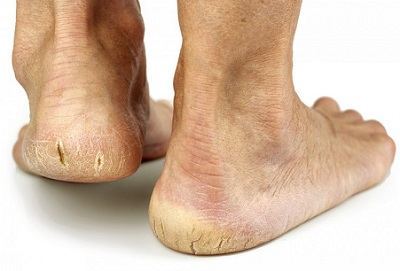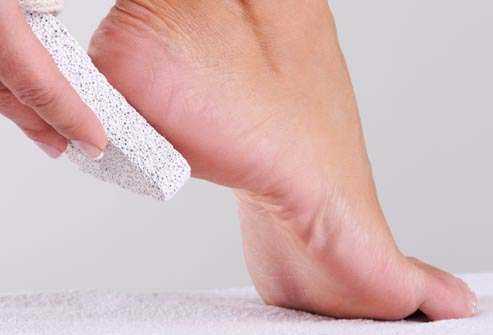Overview
There is no doubt that smooth and healthy feet feel good and are pleasant to the eyes. On the contrary, cracked and dry feet are unattractive and may be scratchy and painful. In some cases, the feet can become extremely callused and flaky. When this happens, it feels uncomfortable to wear sandals during summer. It is usually easy to treat cracked or dry heels without visiting a podiatrist. However, the condition may sometimes become severe and the only way out is to visit a podiatrist for assistance.
About Heel Cracks
 Cracks that appear on the skin can occur anywhere on your feet. However, the edges of your toes and the heels are at a higher risk of cracking. Cracks that occur on the heels and toes manifest in the form of small splits. These splits are usually painful to the extent of making it difficult for the affected person to walk. In most cases, cracks occur on extremely dry skin. They also occur where a thick and hard crust appears because of calluses. The normal walking and the pressure exerted on the feet when walking is enough to cause the tough, inflexible skin and the calluses to split.
Cracks that appear on the skin can occur anywhere on your feet. However, the edges of your toes and the heels are at a higher risk of cracking. Cracks that occur on the heels and toes manifest in the form of small splits. These splits are usually painful to the extent of making it difficult for the affected person to walk. In most cases, cracks occur on extremely dry skin. They also occur where a thick and hard crust appears because of calluses. The normal walking and the pressure exerted on the feet when walking is enough to cause the tough, inflexible skin and the calluses to split.
What are the Causes of Cracks on Heels?
The shoes you wear play a part in the development of calluses. Calluses are likely to appear on areas where your shoes rub against or irritate the feet. Walking barefooted on rough floors or surfaces can also cause calluses to develop on the foot. Once calluses develop on your heels, you are at a greater risk of acquiring cracks. Moreover, being obese, standing for long periods, and putting on open shoes increase the risk of developing heel cracks. Additionally, some health problems such as thyroid, diabetes, psoriasis, and eczema increase the chances of cracked and painful heels. Persons with medical problems that affect the feet should look for help from your podiatrist or the regular physician.
Home Treatment for Heel Cracks
 Home treatment is one of the effective methods of treating cracked and dry toes or heels. Smear a thick layer of foot ointment over the affected surfaces of either foot before retiring to bed. Pay attention to the toes and heel edges for the treatment to be effective. Additionally, apply some cream on cotton socks to prevent the cream from soaking into your beddings. While taking a shower at daybreak, peel off the dead layer of the skin by suing a callus file or pumice stone.
Home treatment is one of the effective methods of treating cracked and dry toes or heels. Smear a thick layer of foot ointment over the affected surfaces of either foot before retiring to bed. Pay attention to the toes and heel edges for the treatment to be effective. Additionally, apply some cream on cotton socks to prevent the cream from soaking into your beddings. While taking a shower at daybreak, peel off the dead layer of the skin by suing a callus file or pumice stone.
The condition should improve within some days. Visit a podiatrist if the condition does not respond to the treatment.
When to Visit a Podiatrist
Home treatment is usually an effective method of treating cracked heels. However, some situations require the help of a podiatrist. Elderly people with severe fissures should see a medical professional for assistance. It is important to do so in order to prevent bedsores and ulcers from developing. People with autoimmune disorders, circulation problems, diabetes, and cracked heels should see a physician or podiatrist for help. Moreover, in case you are healthy but home cure fails to heal your condition, consult a podiatrist.












